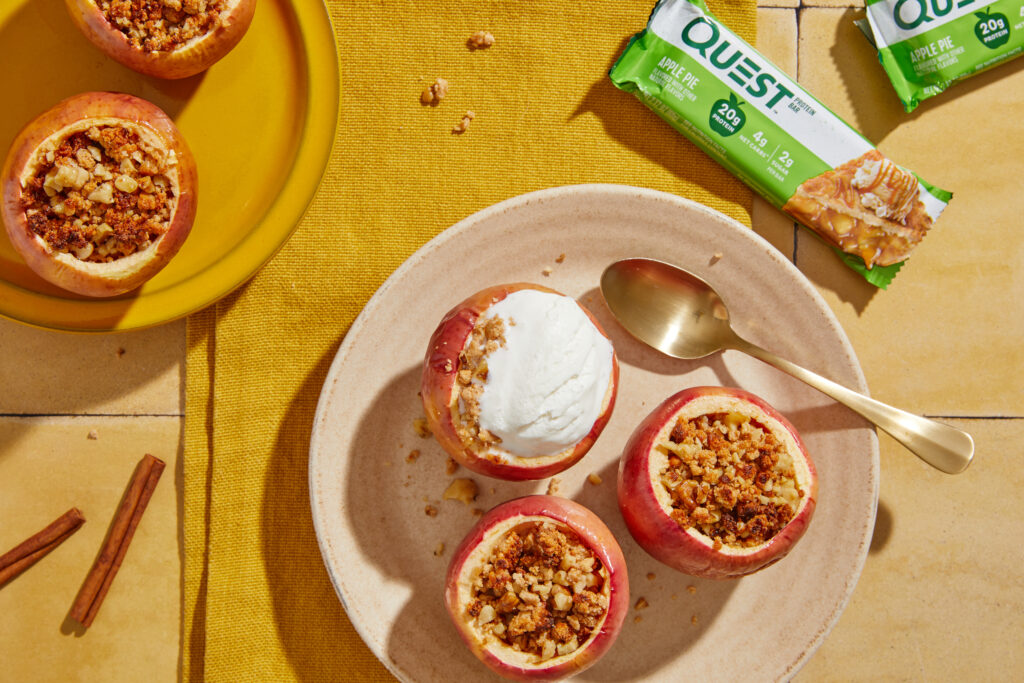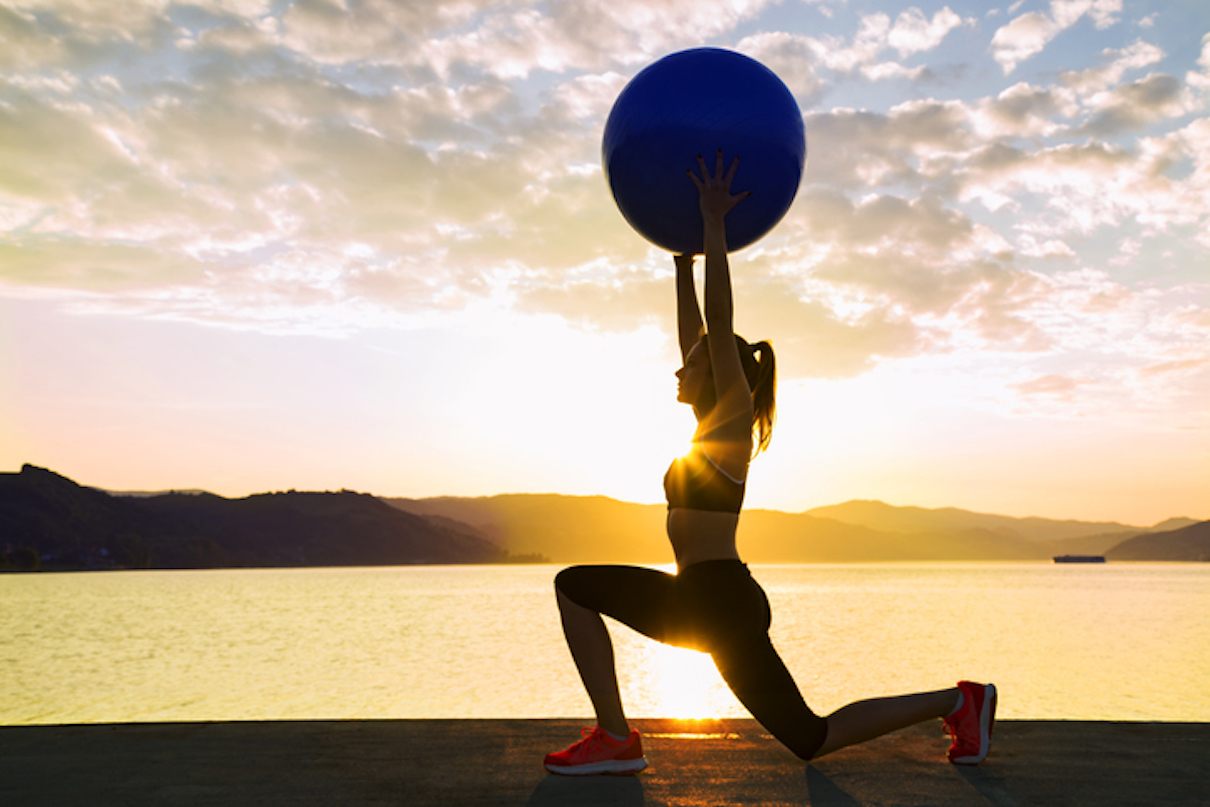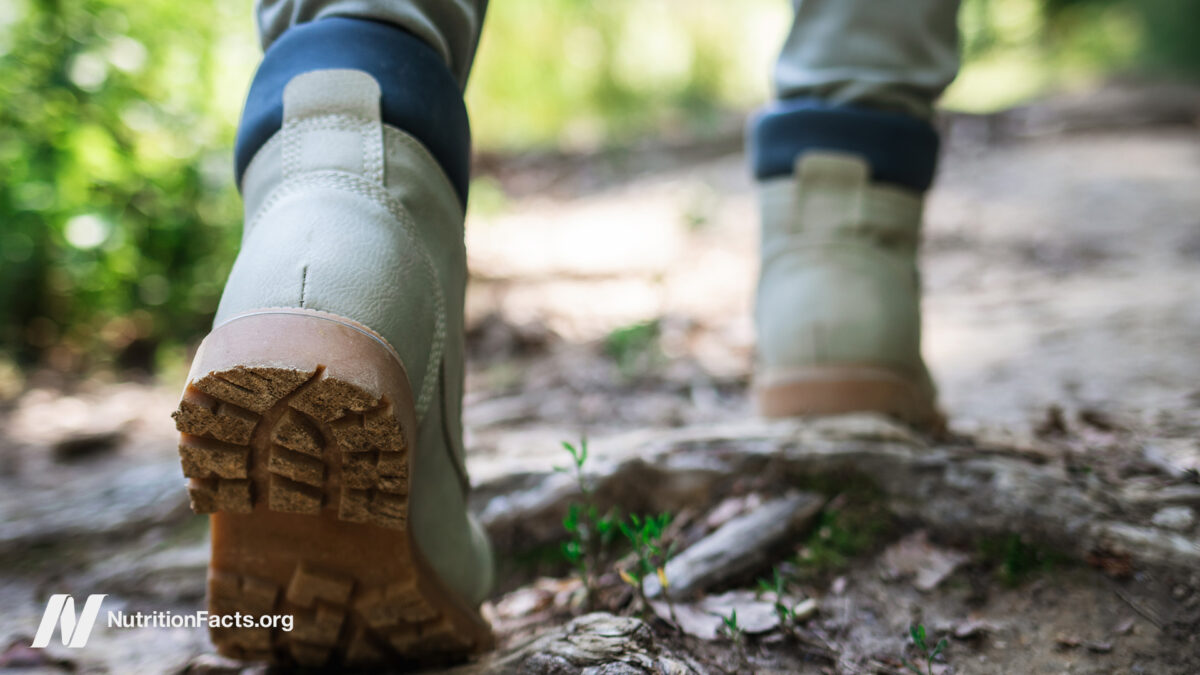
For perhaps 99.99 percent of our time as a species on Earth, vivid outdoors in the natural environment. Could it be beneficial for our health to return from time to time and surround ourselves with nature? That is a question that urban planners ask themselves. asked. “Are people who live in greener areas healthier than those who live in less green areas?” Should we put it in a park or another parking lot?
“In a greener environment, people report fewer symptoms of illness and perceive their overall health better. In addition, people’s mental health seems to have improved” (and to a large extent). In fact, “assuming a causal relationship between green spaces and health, 10% more green spaces in the living environment leads to a decrease in the number of symptoms that is comparable to a decrease in age of 5 years.” However, that’s a big assumption.
Still, you can imagine some potential mechanisms for why this might be the case. It could mean less air pollution and air pollution. is It’s not a joke. It is the fifth cause of death on our planet and kills about five million people a year. Although, of course, our number one risk factor is our diet, which kills twice as many people, as you can see below and at 1:18 of my video. Are there health benefits to spending time in nature?.
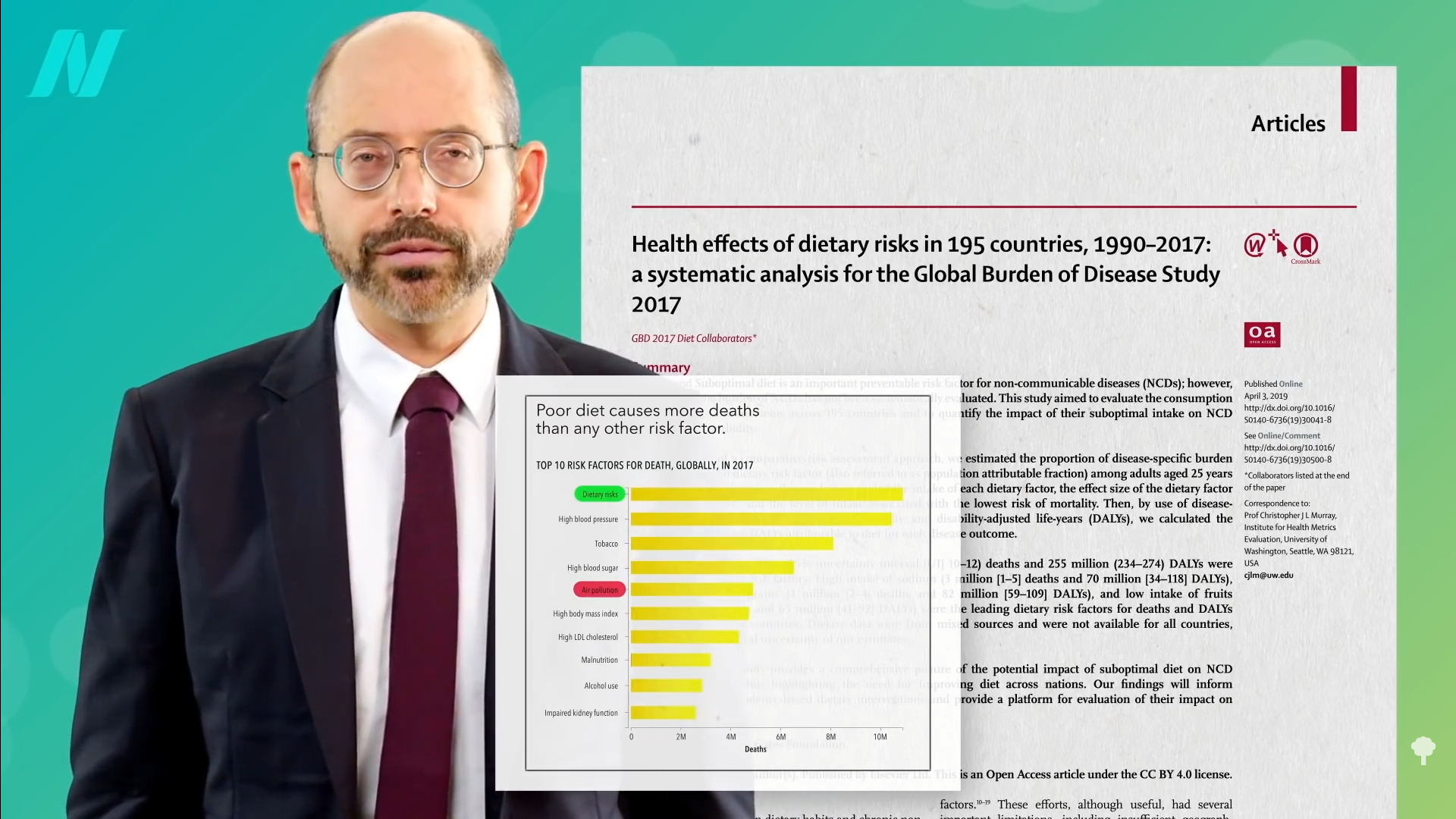
So, could There may be an anti-pollution effect, or perhaps there is something special about experiencing green spaces beyond them, simply offering more opportunities to exercise. The simplest explanation is probably that a natural environment “simply promotes Behavior that improves health rather than having specific, direct health benefits.” It’s harder to go running in the park when there’s no park. Ironically, it seems that even when people have access to nature, they do not necessarily take advantage of it. And, even if there was a link, “a question remains about the possibility of a ‘self-selection’ phenomenon: do natural environments lead to greater physical activity and well-being, or do physically active individuals choose to live in areas with more opportunities? “To do physical activity?” What I wanted to know is, “aside from promoting physical activity,” are Are there “additional health benefits from exposure to natural environments”?
Now certainly just being exposed Sunlight can treat things like seasonal affective disorder and provide vitamin D, the sunshine vitamin, but are there other inherent benefits? You don’t know until you put it to the test. However, some of the studies are just plain silly. Consider “Relationships Between Vegetation in Student Environments and Academic Achievement in the Continental U.S.” At first, I thought that the study was about academic achievement and vegetarianism, but no, it’s about vegetation. The researchers found a “positive relationship between non-forest vegetation and school graduation rates.” Maybe the Ivy League advantage comes from the ivy?
The study titled “Seeing through a window can influence recovery from surgery” starts to make things more interesting. As you can see below and at minute 3:04 in my videosome patient rooms in a suburban hospital looked towards the trees, while others towards a brick wall. “Twenty-three surgical patients assigned to rooms with windows overlooking a natural setting had shorter postoperative hospital stays… and took fewer powerful pain medications. [painkillers] “More than 23 matching patients in similar rooms with windows facing the wall of a brick building.” This cannot be attributed to the effect of vitamin D.

What could happen just by looking at the trees? maybe it is is “vitamin G”, simply the color green. We know how healthy it is to eat our vegetables. How about just looking at them? The researchers had people exercise while watching a video pretending to walk through a green natural setting, the same video in black and white, or all tinted red, and no differences were noticed (with the exception that red made people angry), as you can see next. and at 3:46 in me video.
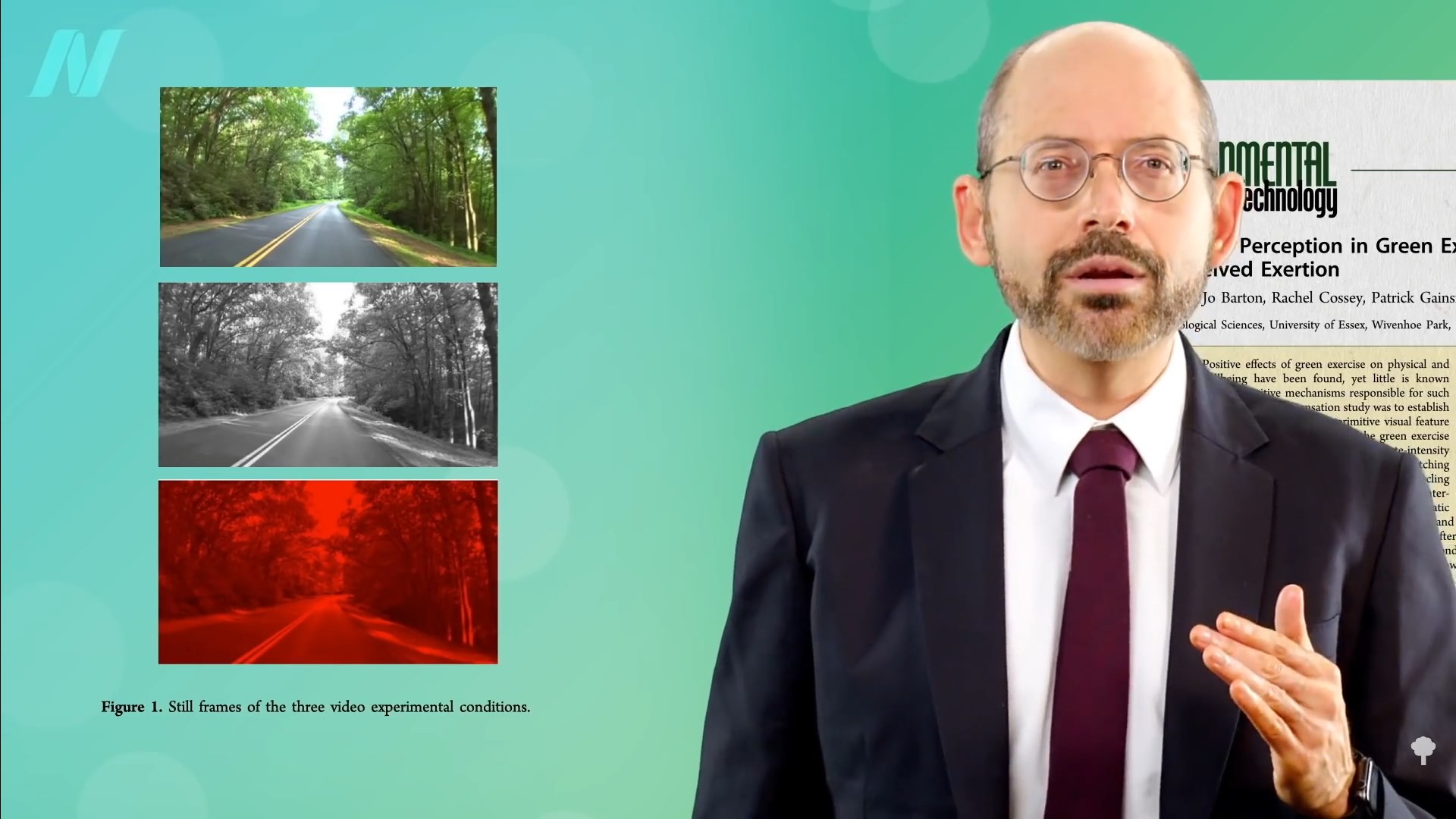
The most interesting mechanism that has been suggested What I have come across are fractals. Have you ever noticed that “for example, in a tree, all branches, from large to small, are reduced versions of the entire tree”? Each branch has a shape similar to that of the entire tree. Fractal patterns are found throughout nature, where one sees “a cascade of self-similar patterns at a variety of magnification scales, generating visual stimuli that are inherently complex.” and as you can see when you’re hooked up to an EEG, our brains seem to like it too.
Regardless of the mechanism, if you compile Across controlled studies on using nature as a health promotion intervention, we tend to see primarily psychological benefits, while findings related to physical outcomes were less consistent. “The most common type of study result was self-reported measures of different emotions. For example, what brands Do you feel better: looking at a kiwi orchard or a building? (See below and 4:41 in my video.) Awkwardly describedpresumably thanks to the language barrier, as a comparison between “synthetic versus organic stimulation”.

As you can see below and at 5:00 in my videonatural environments can do people more attentive and less sad, but when it comes to some objective measures such as blood pressure, no significant effect was found. people who exercise outdoors often say they feel great, “suggesting that green exercise activities can increase… several psychological subscales,” such as “mood, concentration, and energy,” in just about five minutes be in the forest
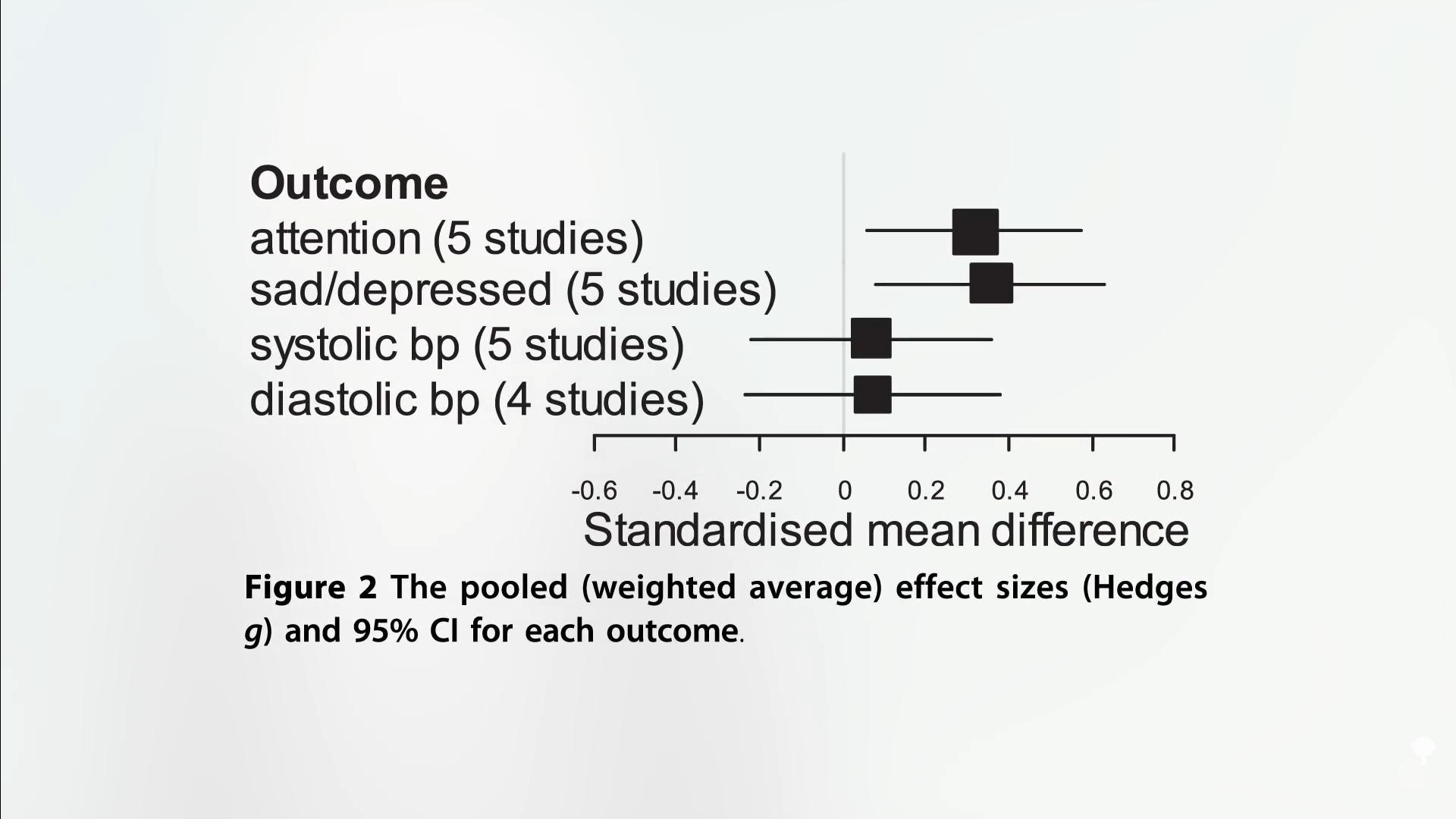
However, these studies lying not be randomized trials. The researchers simply asked people who already sought out nature what they thought about nature, so it’s no surprise that they like it; otherwise they wouldn’t be there. But nature-based interventions are In fact, they are low-cost, often free, and non-invasive (unless you count mosquitoes). So if you want “a natural high”, I say do it, whatever it is brands you are happy (Not all ecological athletes as trees. Golfers simply saw them as obstacles).
For more information on air pollution, watch my videos. The best foods to counteract the effects of air pollution and The role of pesticides and pollution in autism.
Of course, any type of indoor or outdoor exercise has benefits. Check out related posts below.




